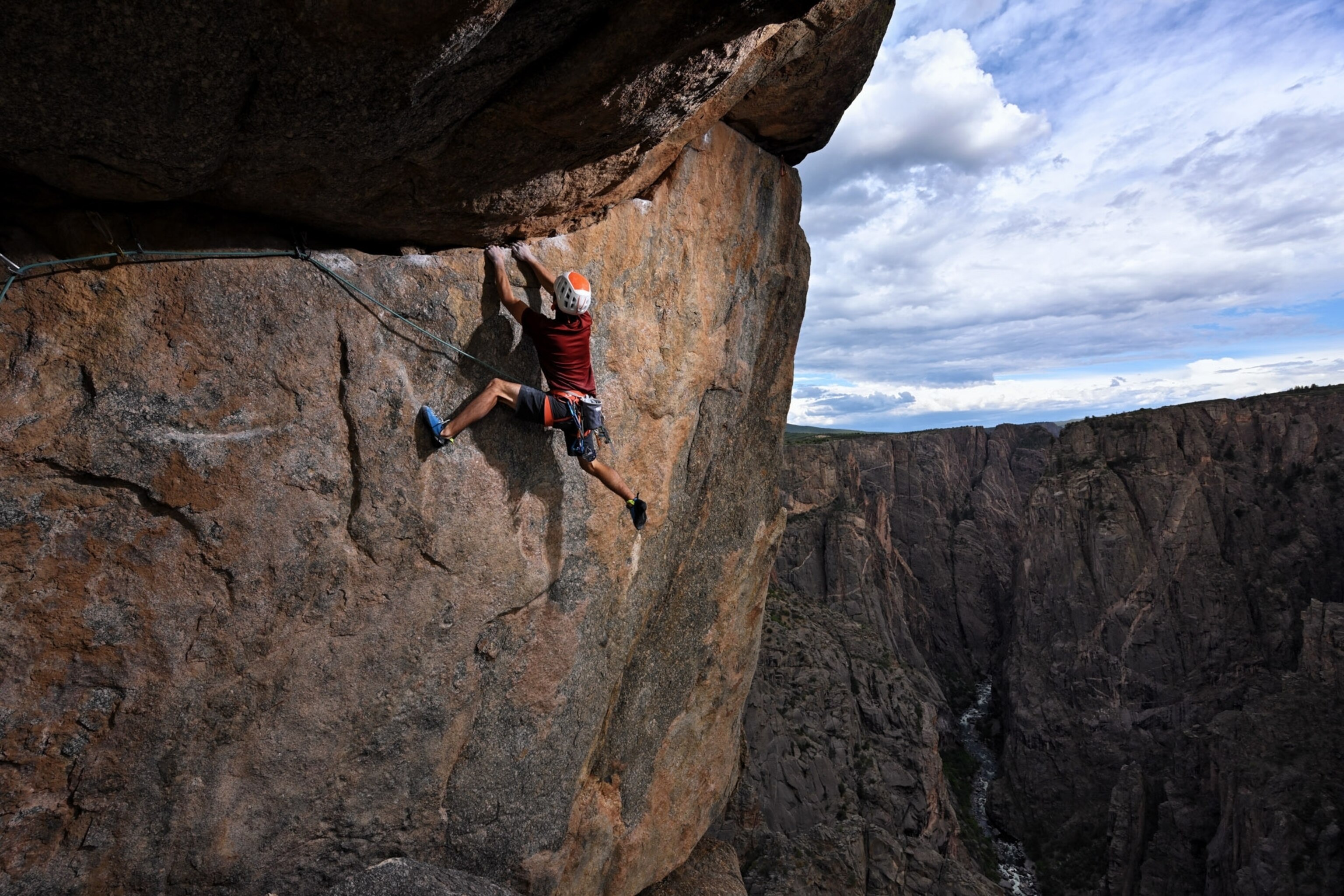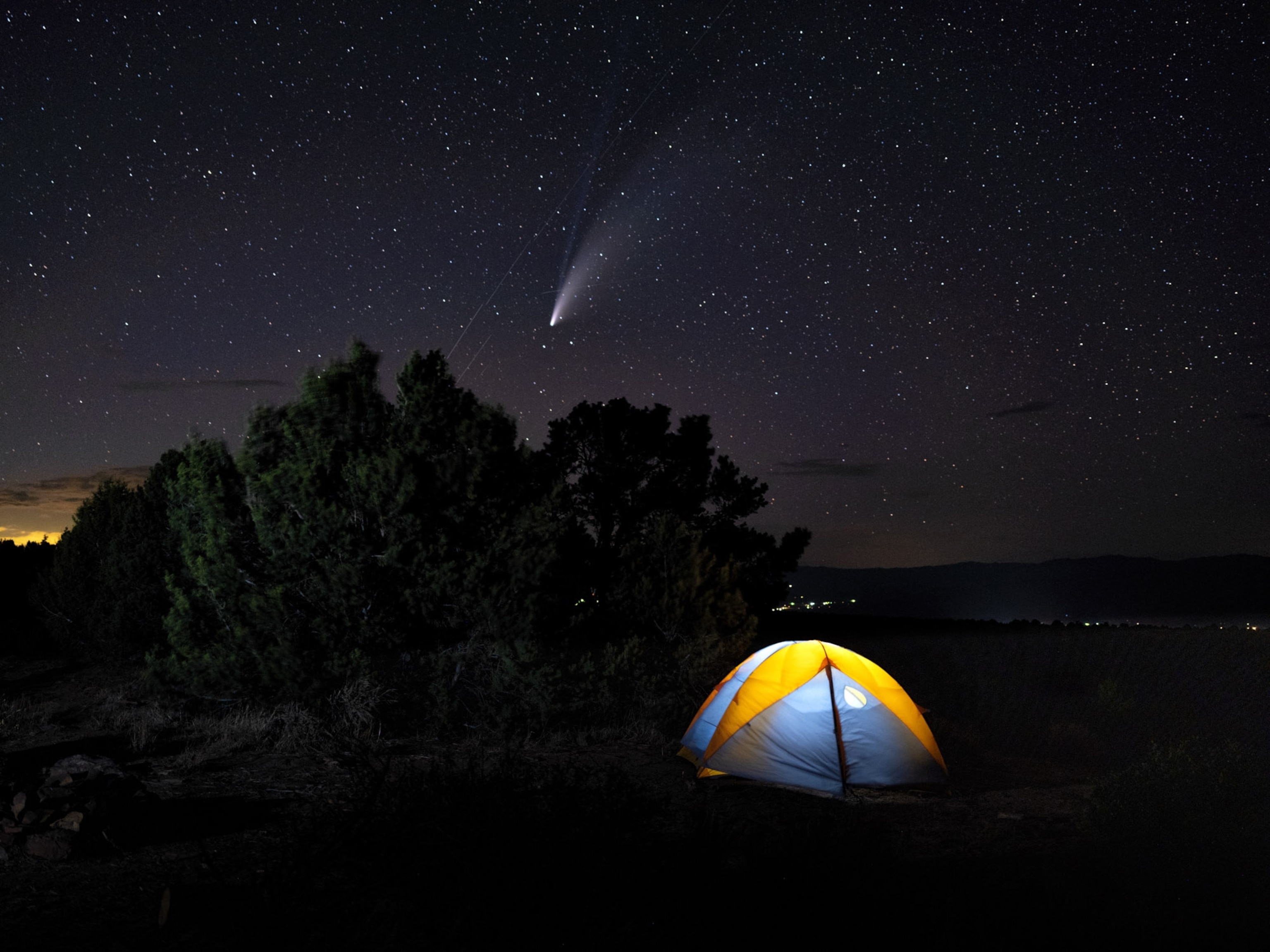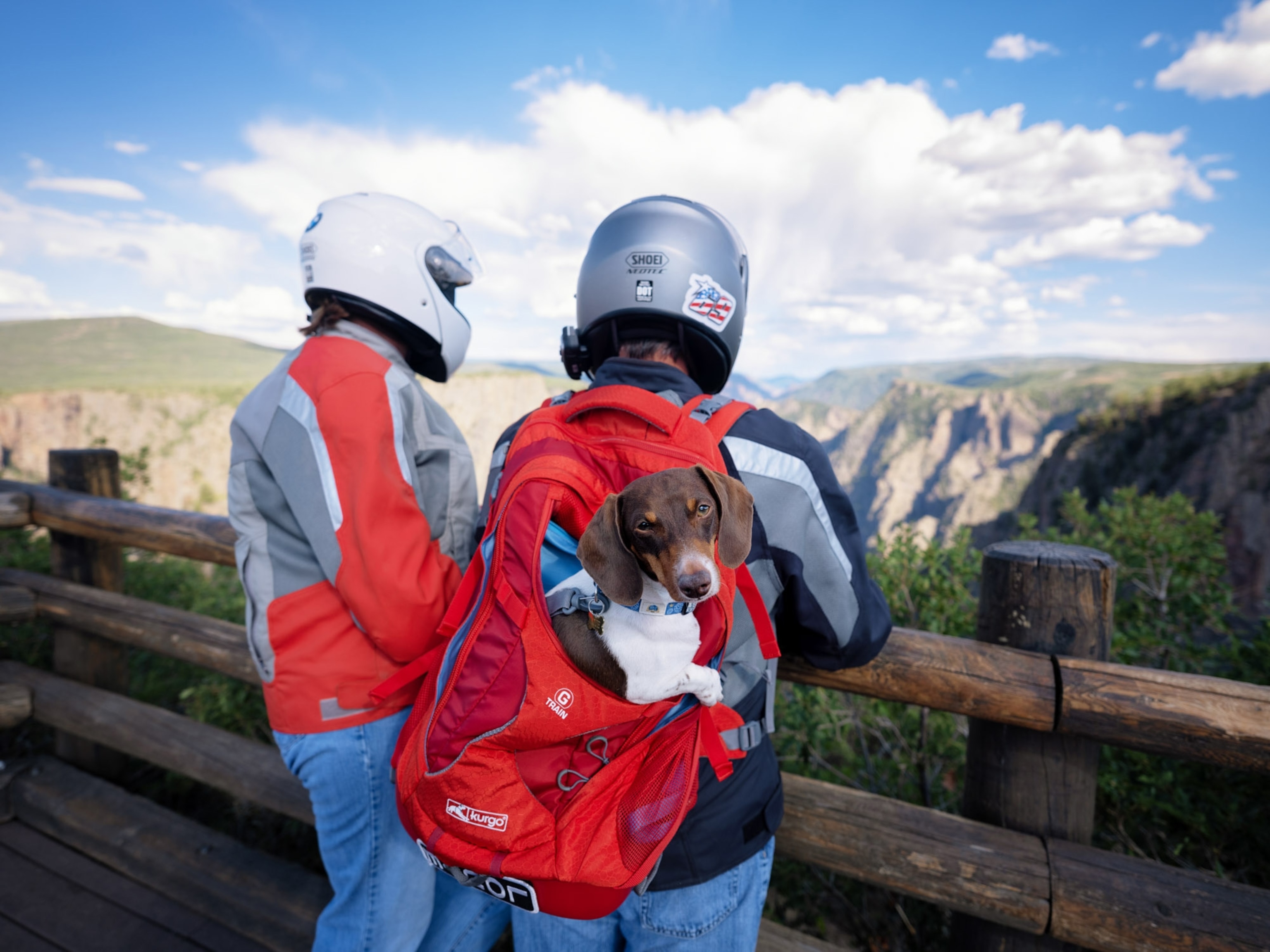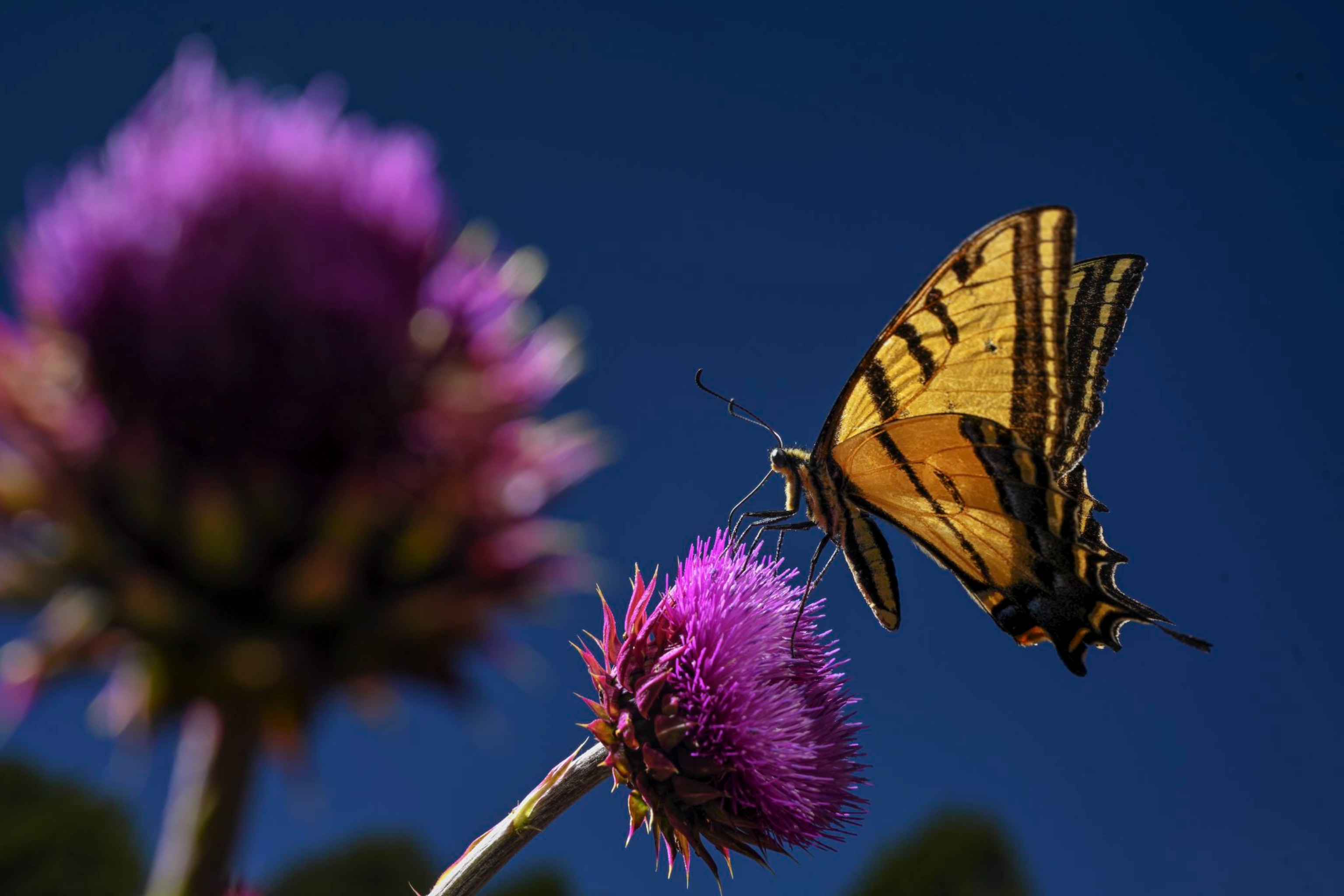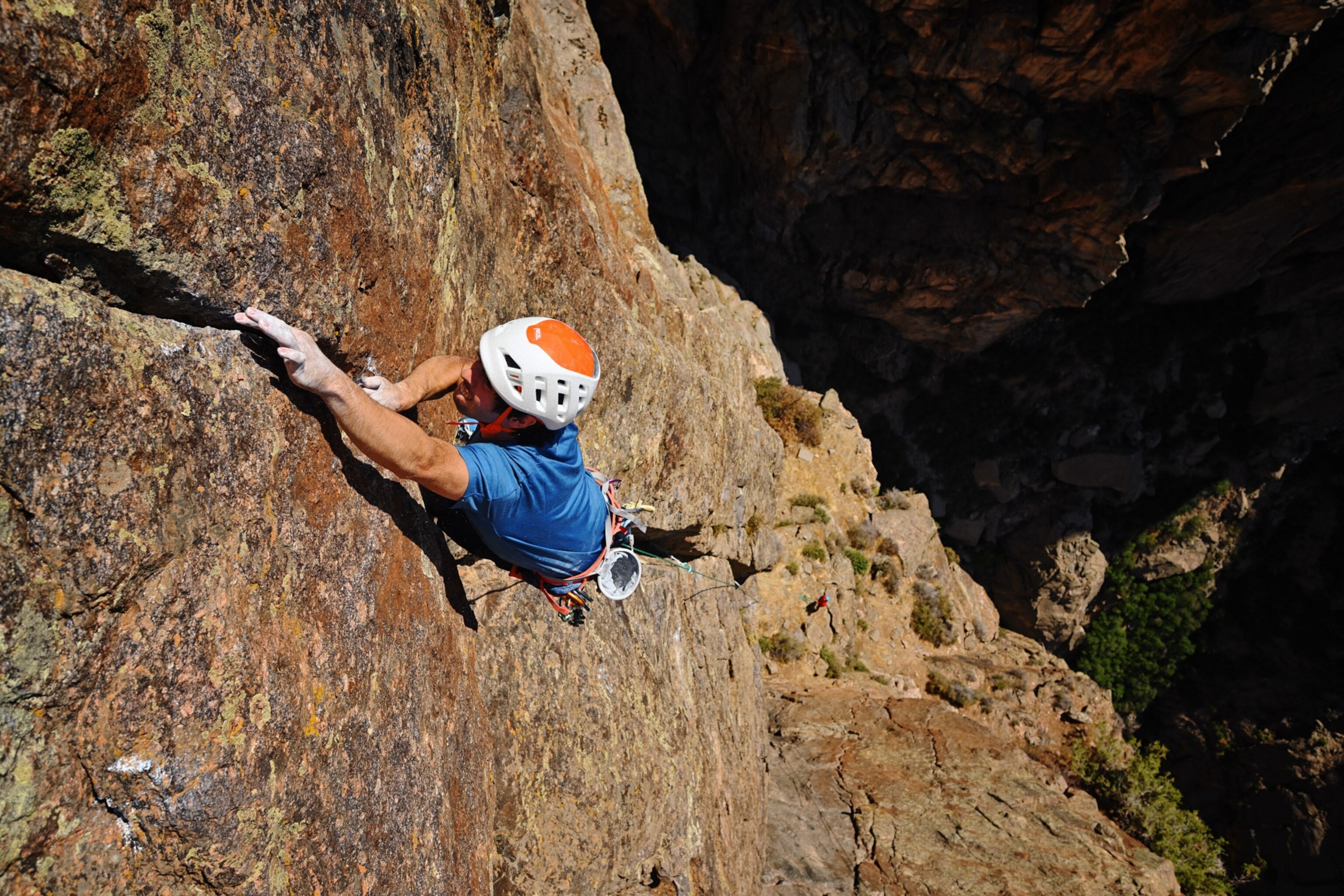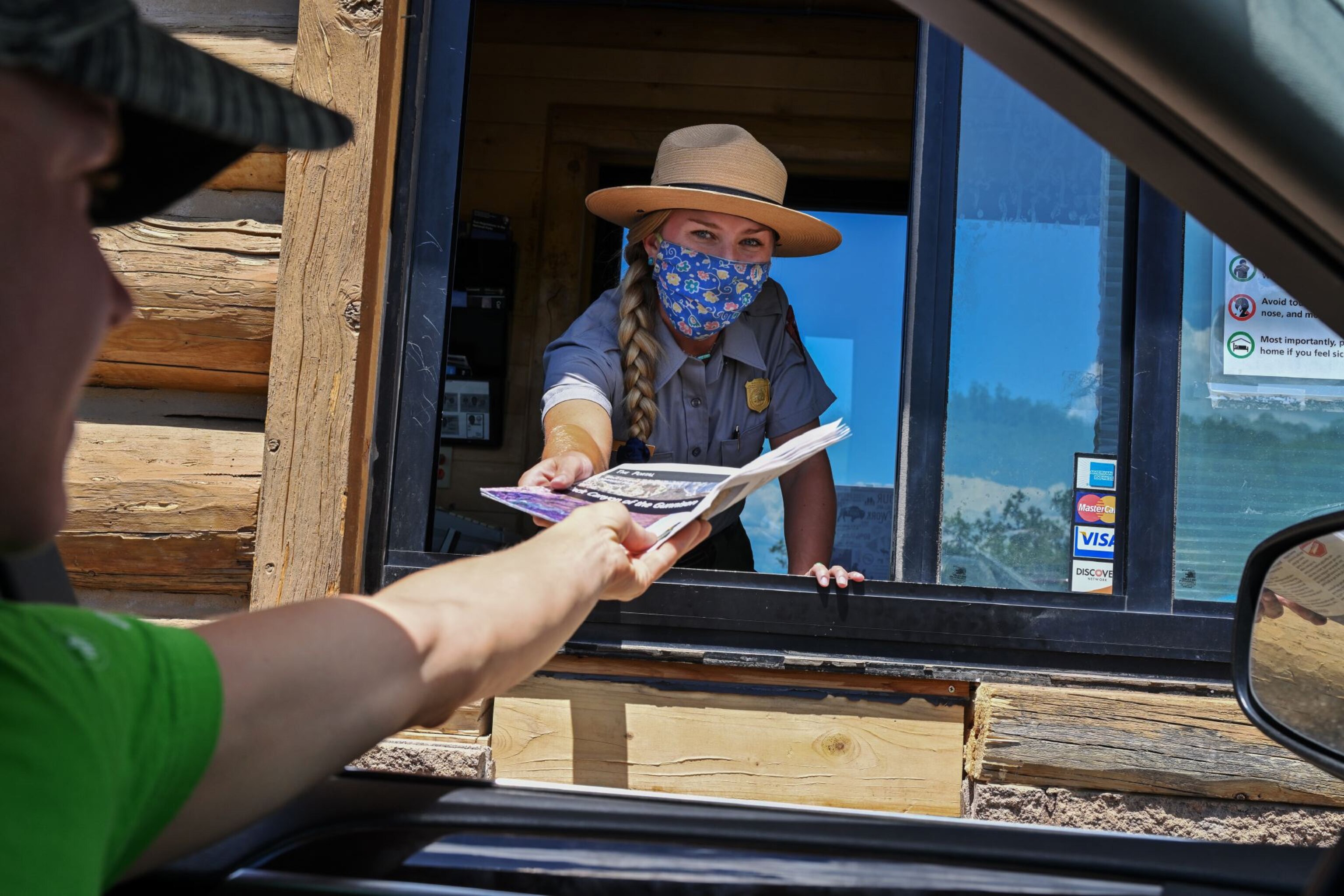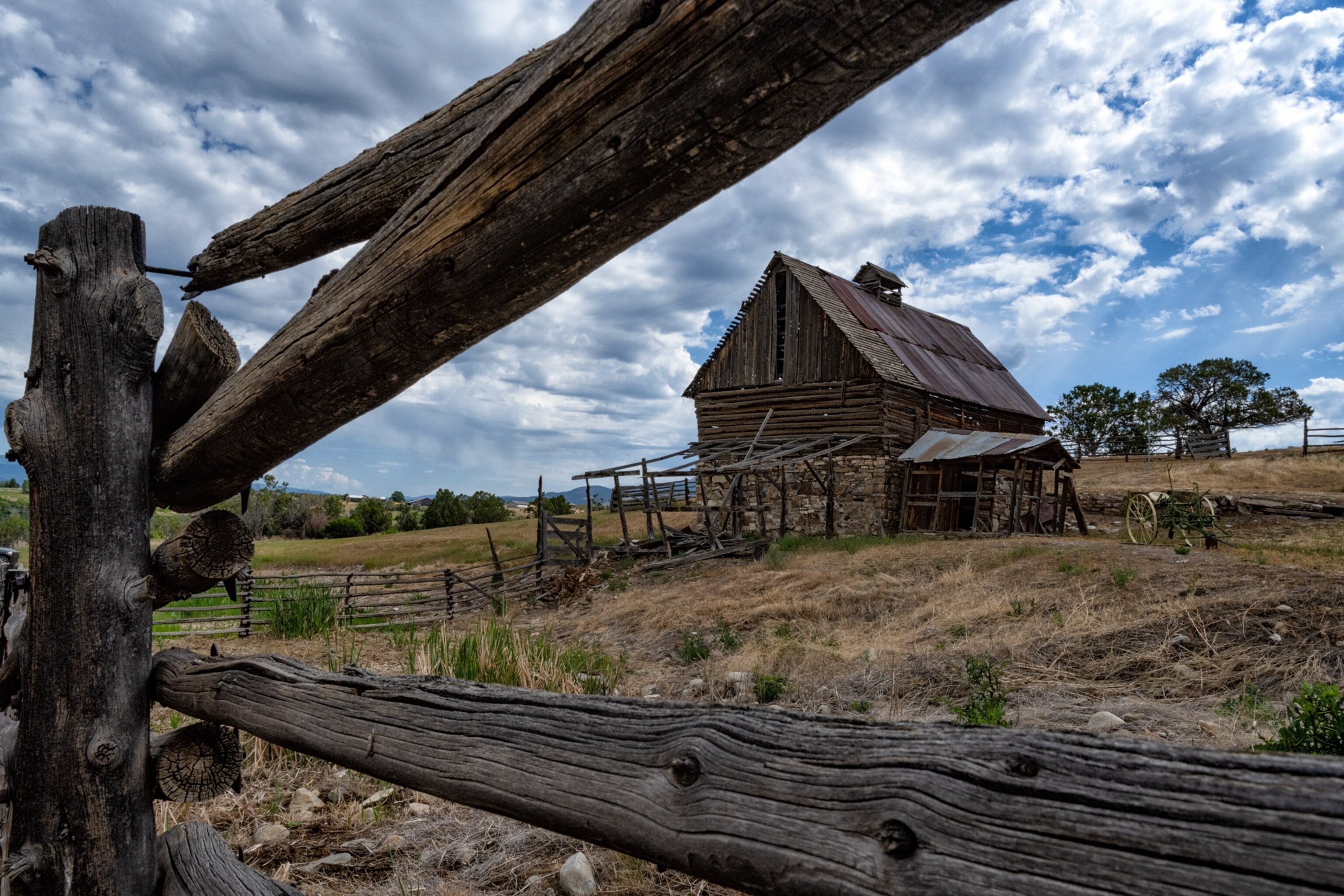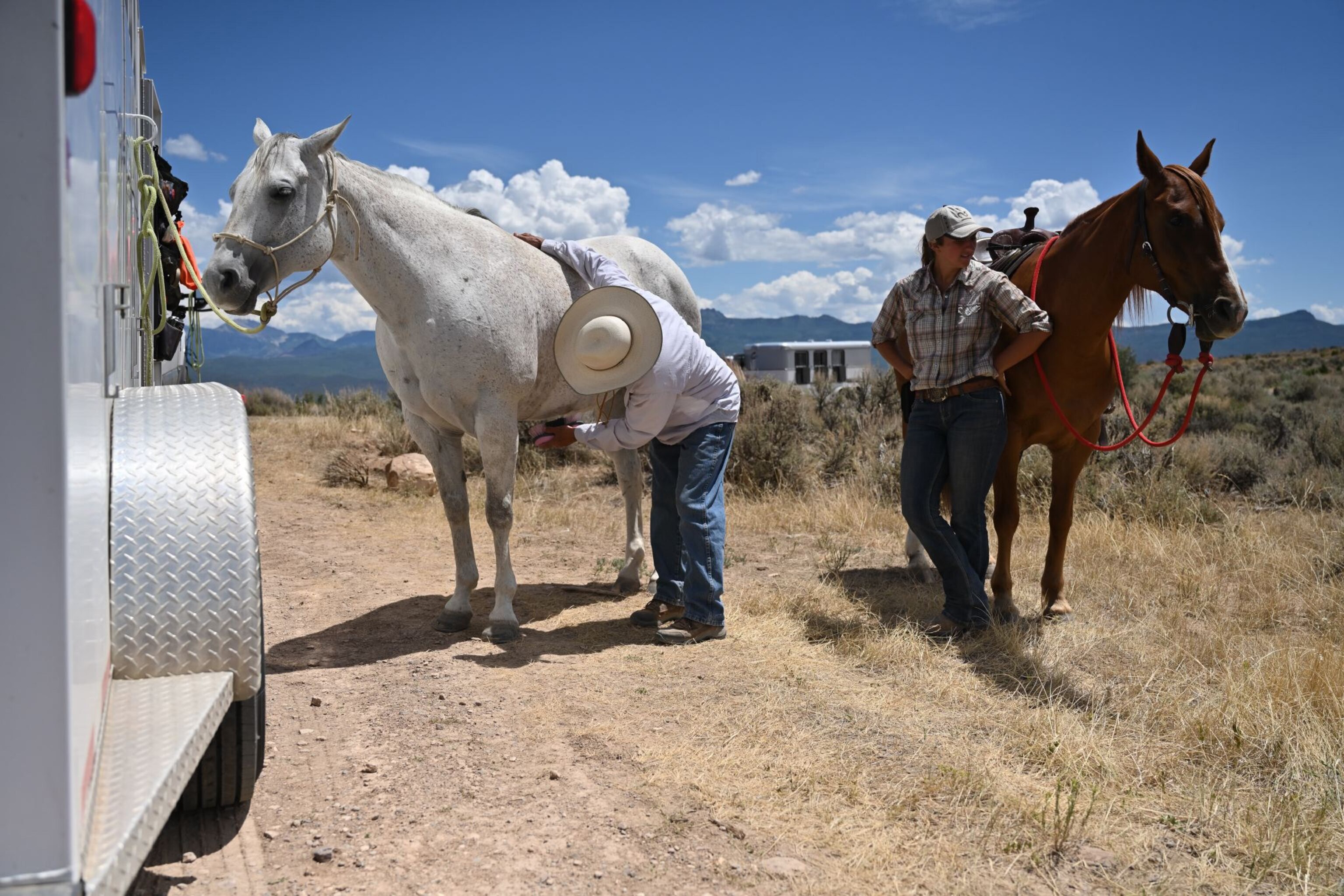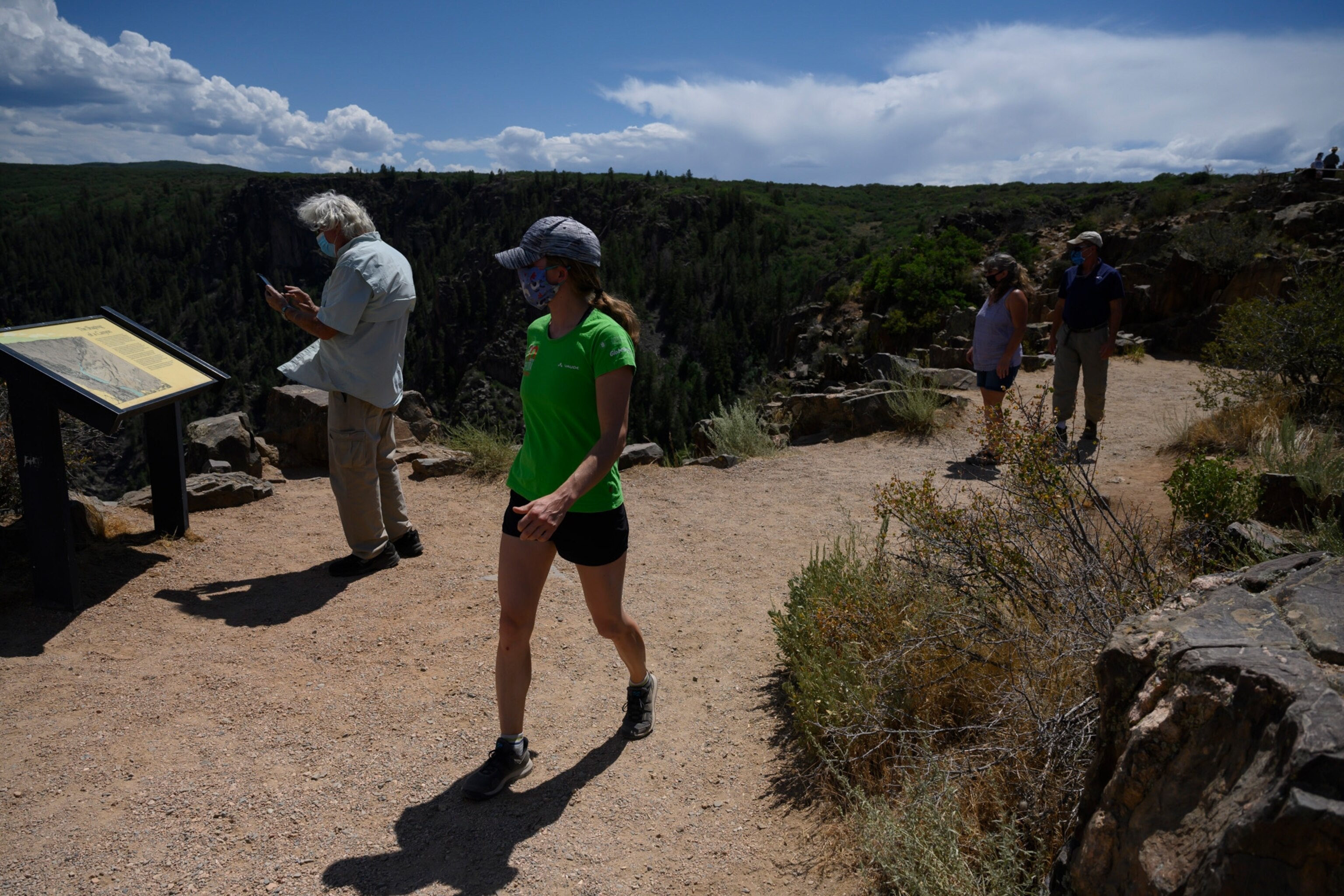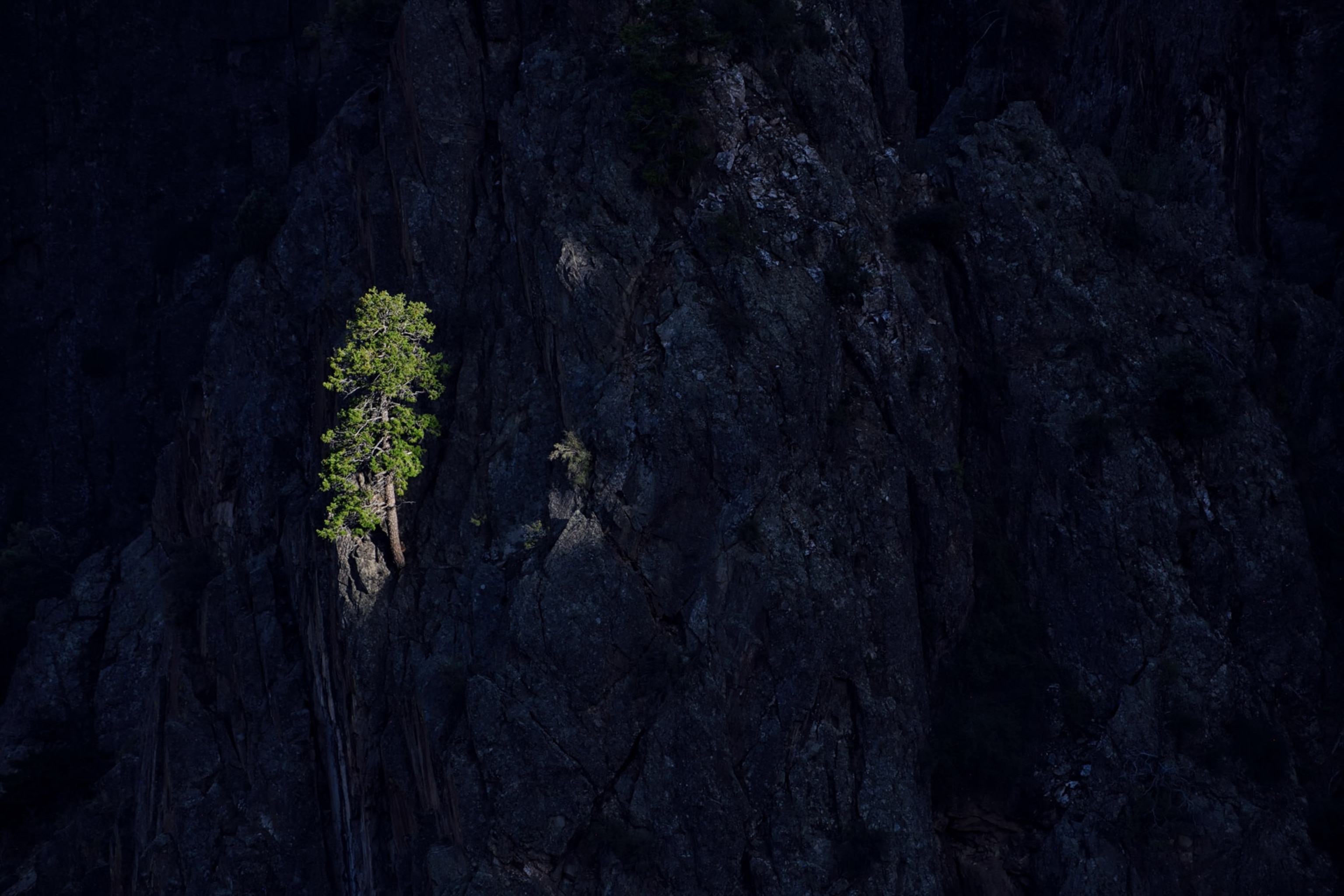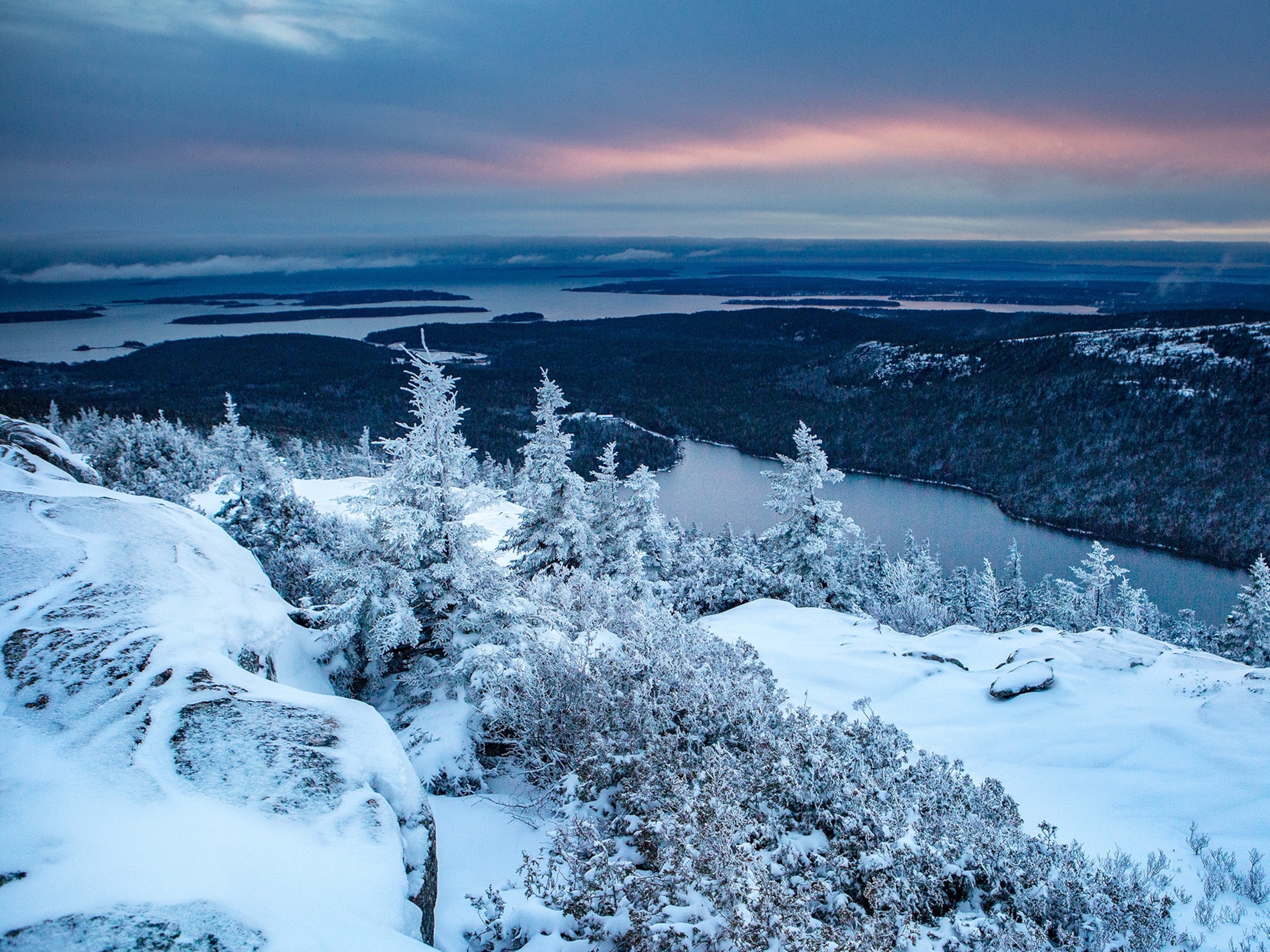
Peer into a hidden abyss at Colorado’s least-visited national park
Black Canyon of the Gunnison National Park offers adventure, striking geology, and no-fuss encounters with nature.
The Black Canyon of the Gunnison is alluring, but don’t expect mules, jeeps, or even trails to help you reach the depths of Colorado’s least-visited national park.
While amenities are sparse, the park makes up for it with a compelling landscape. “You wouldn’t believe how many people I’ve met in 17 years that say, ‘You know, I like this better than the Grand Canyon,’” says Black Canyon of the Gunnison National Park district ranger, Ryan Thrush. “It’s just more intimate.”
That intimacy comes from the canyon’s signature combination of narrowness, steepness, and depth. Some spots receive just 30 minutes of sunlight per day, earning the inky, shaded chasm its name. The park’s unique geology led to national monument protection in 1933 and national park status in 1999.
The Ute people, Colorado’s oldest residents, lived seasonally on the North and South Rims; both archaeology and oral history suggest that they didn’t inhabit the canyon floor, or visit often. (Today’s tribal governments reside in Utah and Colorado.) Most of today’s park guests similarly remain on the rim as they tour the craggy, 30,750-acre park.
Trails lead hikers and naturalists of all abilities through sagebrush, Gambel oak, aspen, and juniper. The Chasm View Nature Trail overlooks the park’s geographic centerpiece: The 2,250-foot tall Painted Wall, Colorado’s tallest cliff, is a spectacle of pink granite bands slashing through dark metamorphic rock.
Those enticed by the idea of exploring this gorge should plan carefully and obtain a wilderness permit. “It’s really like mountain climbing in reverse,” says Thrush. Routes are precipitous and unmarked, with undeveloped slopes covered in loose dirt, rock, and big boulders. Once below, backcountry camping is allowed. Just watch out for poison ivy while enjoying the river views.
(Learn more about how to visit Black Canyon of the Gunnison.)
Even adventure athletes won’t find a carefree experience in the Black Canyon of the Gunnison. “It’s a very, very intense, intimidating, kind of foreboding place,” says Thrush, who adores his workplace’s Lord of the Rings-style drama. “Very few people have traveled all the way through it.”
The park’s 14 river-miles can’t be hiked because they are often cliff-bound. Just a few dozen elite whitewater kayaking parties attempt the wilderness trip each year, usually with advice from locals. Climbers also seek out the inner canyon, but unlike Yosemite National Park, there is no climbing scene—just about 2,000 feet of schist and gneiss looming above.
Although obscure, Black Canyon of the Gunnison National Park is a captivating place for those with the skill and stamina to venture into its depths—or an interest in off-the-beaten-path national parks and wild places.
